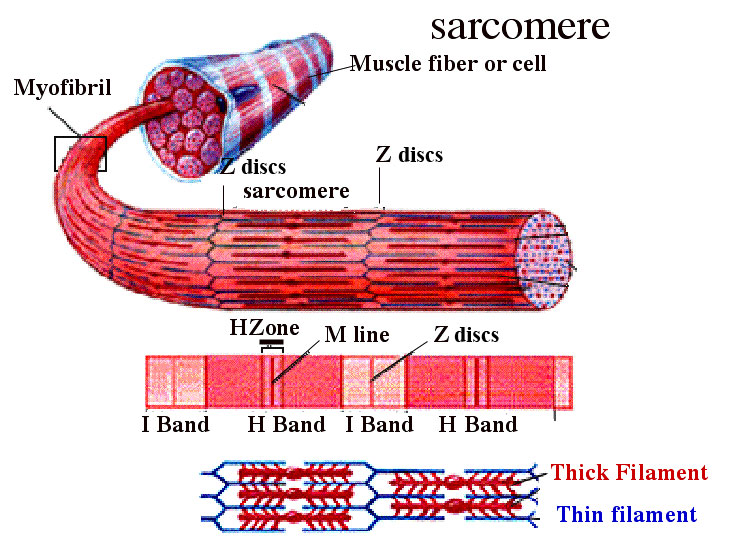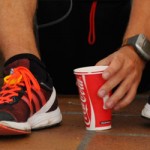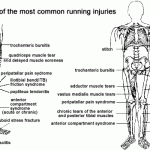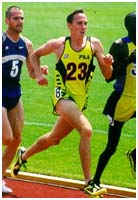This article will discuss muscle soreness after training, as well as a few preventative measures and treatment of the ailment.
Muscle Soreness after Training
In one of our articles under TheABC, Andrew Bosch, has discussed DOMS, Delayed Onset Muscle Soreness. With this article we attempt to provide better understanding as to the what and where soreness, pain, tenderness and often swelling of the muscles can take place hours after strenuous exercise.
Change of Surface due to Season
Often the pain may occur during exercise as well as during passive movements, whereby the muscles may not feel strong and able. Problems can often occur at the time of year when the season changes, for example, late autumn and or early spring, when surfaces may change, and the athlete may feel the need to train with more enthusiasm and intensity, which can lead to overuse.
There is also a bigger risk when athletes go from running the cross country season to tartan track surfaces, and vice versa.
Problems may occur mostly when muscles lengthen and contract simultaneously.
Often athletes who try to return to strenuous training too quickly are subjected to muscle changes which are displayed via ‘ruptures’ of the so-called Z-discs.
These ruptures are considered to be responsible for stiffness after training, and this should go away after rest, which can be assisted via recuperative measures.
Z-discs do not possess sensory bodies and for this reason are not responsible for the pain and discomfort felt. It must be noted, that when a rupture takes place, many ruptures may occur at the same time. When this is combined with a change in pressure conditions, as well as impaired blood flow, swelling will occur which will result in stiffness (lack of mobility) and pain. This is not life threatening and should return to normal within a few days.
Ways to lessen muscle soreness
- Change your training schedule to match your current level of fitness.
- Check that your shoes do not need replacing
- Once pain is first experienced, adjust program accordingly. Training intensity should be increased gradually, especially in the early stages.
- Light movement and a warm environment will assist in easing any discomfort

























Speak Your Mind